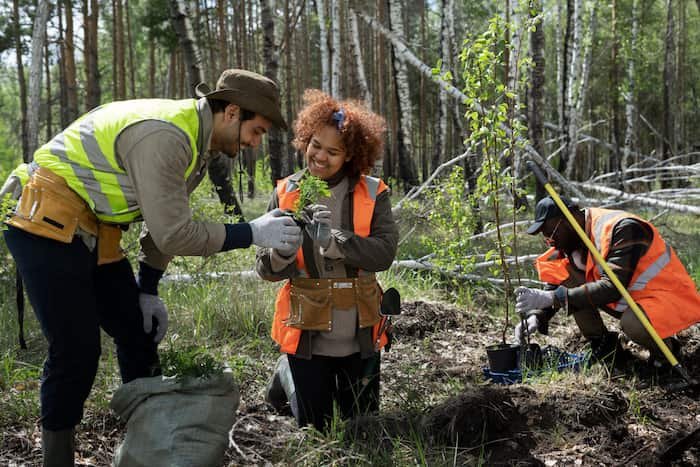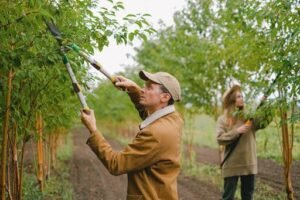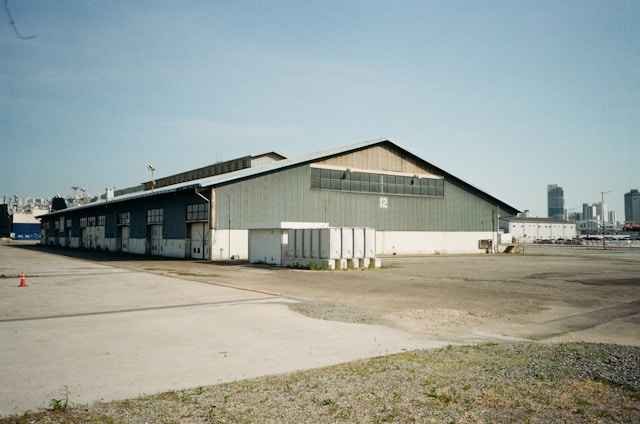Tree removal, whether for urban development, safety, or landscaping reasons, is a significant environmental action that requires careful consideration. The decision to remove trees should be made with an understanding of the ecological impacts and compliance with relevant environmental regulations. When undertaking tree removal in areas like tree removal Campbelltown, it is crucial to consider the broader implications to ensure that the process is conducted responsibly and sustainably.
Assessing the Need for Tree Removal
Safety and Health of Trees
Before proceeding with tree removal, it is important to assess the health and stability of the trees. Trees that are diseased, dying, or pose a safety hazard to structures and people are often candidates for removal. However, if a tree is healthy, alternatives to removal, such as pruning or disease treatment, should be considered.
Environmental Impact Assessment
Conducting an environmental impact assessment can help determine the potential effects of removing trees on local ecosystems. This assessment should consider the role of the trees in providing habitat, their contribution to air and water quality, and their part in local biodiversity.
Legal and Regulatory Considerations
Many regions have strict regulations regarding tree removal, requiring permits or consultations with local environmental authorities. These regulations often aim to protect significant, heritage, or endangered species of trees, or to prevent illegal deforestation practices.
Minimizing Environmental Impact
Utilizing Qualified Professionals
Hiring professionals with expertise in arboriculture and environmental conservation ensures that tree removal is done appropriately and with minimal environmental disruption. Professionals can also advise on whether tree removal is necessary or if alternative measures are feasible.
Protective Measures for Surrounding Vegetation
When removing trees, it is important to protect the surrounding vegetation and soil. Techniques such as careful planning of the removal process, using appropriate machinery, and avoiding unnecessary ground disturbance can help minimize damage to surrounding ecosystems.
Salvaging and Recycling Tree Materials
Instead of disposing of the removed trees as waste, consider recycling or repurposing the wood for construction, furniture, or even firewood. This approach not only reduces waste but also provides an environmentally friendly way to reuse natural resources.
Aftercare and Rehabilitation
Soil Rehabilitation
The removal of trees can significantly disturb the soil. Post-removal, it is important to engage in soil rehabilitation, which may include replenishing nutrients, regrading, and preventing erosion. This helps ensure that the area remains sustainable for other plant life or future replanting efforts.
Replanting
Where possible, replanting trees in the same area or another location can mitigate the environmental impact of tree removal. Choosing native and appropriate species ensures the sustainability of local ecosystems and biodiversity.
Ongoing Monitoring and Maintenance
After trees are removed and the area is rehabilitated, ongoing monitoring and maintenance are crucial to ensure the health and success of the remaining or newly planted vegetation. This might involve regular check-ups, additional planting, or further environmental assessments.
Removing trees is a significant environmental intervention that should not be taken lightly. It requires careful planning, consideration of ecological impacts, and compliance with environmental regulations. By taking a thoughtful and informed approach, the negative impacts of tree removal can be minimized, ensuring that both safety and environmental sustainability are maintained.
Involving experts in tree removal and environmental management, such as those in Campbelltown, and following best practices in aftercare can greatly enhance the positive outcomes of such necessary interventions. This approach not only preserves the balance and health of local ecosystems but also ensures that communities continue to thrive in a green and healthy environment.







